In a world where information overload is constant, the ability to summarize a story effectively is an invaluable skill. Whether you're a student tackling literature assignments, a content writer creating summaries for articles, or a professional needing to condense complex narratives, mastering story summary techniques is crucial. A well-crafted summary captures the core elements of a story while maintaining clarity and coherence.
This guide will explore five professional techniques for effective summarization, helping you develop strong summary writing skills while preserving essential details. We will also discuss plot summarization methods, story analysis techniques, and essential tools that can make your summarization process more efficient.
Understanding Story Summarization Fundamentals
Summarizing a story is more than just condensing content—it requires a clear understanding of narrative structure, key themes, and character development. A well-written story summary presents only the essential details, leaving out unnecessary descriptions while preserving the author’s intent. The challenge lies in striking the right balance between brevity and completeness so that the summary remains informative and engaging.
Writers often struggle with common summarization challenges, such as identifying the most relevant plot points, maintaining a logical flow, or avoiding unnecessary elaborations. A strong story summary writing guide should emphasize clarity, coherence, and a structured approach to ensure an engaging and informative summary.
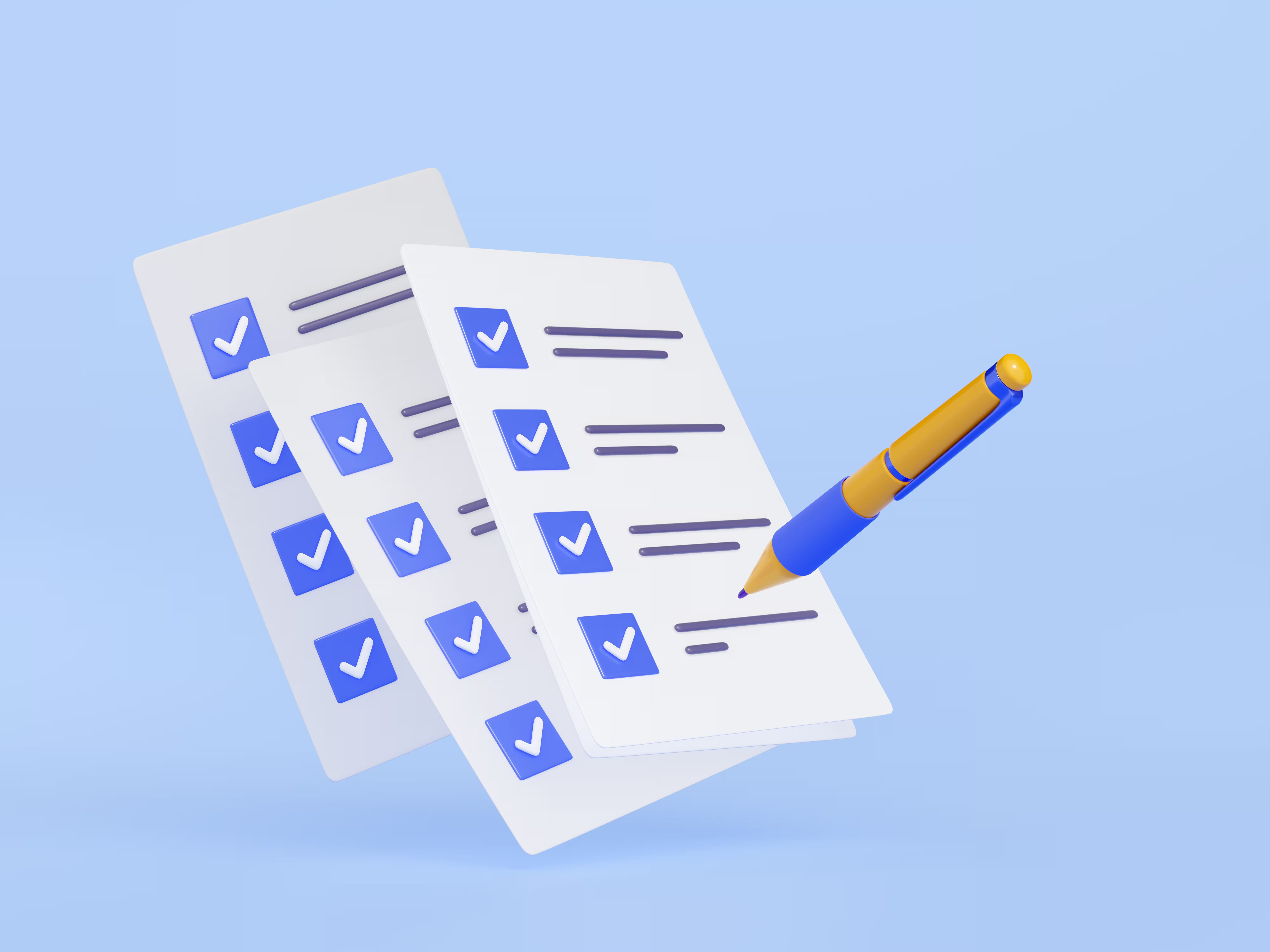
What Makes an Effective Summary?
A well-structured story summary should convey main ideas, critical themes, and character development while ensuring that the summary remains concise and easy to read. The key elements of story summary include:
- Main Idea Representation: The summary should capture the core concept of the story while maintaining its original meaning.
- Logical Flow and Structure: Information should be presented logically, ensuring a smooth transition between key events.
- Appropriate Length: A summary should be concise yet detailed enough to give the reader a full understanding of the story.
- Preservation of Meaning: The author's intent and message should be reflected accurately without adding personal interpretation.
- Objective Presentation: Summaries should be written without bias and should focus on factual representation.
To enhance your summary writing skills, understanding these elements is crucial. An effective story summary not only condenses the narrative but also ensures readability and engagement for the target audience.
Common Summarization Challenges
Many people struggle with story summary techniques because of these common challenges:
- Identifying Essential Information: Determining which details are crucial to understanding the story.
- Maintaining Story Coherence: Keeping the narrative flow logical and ensuring that the summary follows the story’s structure.
- Avoiding Unnecessary Details: Leaving out minor points that do not contribute to the main storyline.
- Preserving the Author’s Intent: Ensuring that the original message is retained without distortion.
- Balancing Length with Completeness: Including all necessary details while ensuring the summary remains concise.
By applying effective summarization tips, these challenges can be easily overcome. Practicing structured summary writing ensures that your summaries are well-organized and provide valuable insights into the original text.
Professional Techniques for Story Summarization
Different plot summarization methods are used depending on the type of story and the goal of the summary. The following five professional techniques will help you summarize any story effectively.
1. The Story Arc Method: Plot-Based Summarization
This classic summarization technique follows the traditional structure of storytelling, making it perfect for narrative-driven content such as novels, films, and fiction. It is one of the most widely used story analysis techniques in literature and screenwriting.
To use this method, start by identifying the main conflict—the central issue that drives the plot. Then, track the rising action by noting significant events leading up to the climax, where the story reaches its most intense moment. Finally, summarize the falling action and resolution, showing how the conflict is resolved. This approach keeps the summary structured and easy to follow, making it one of the most effective story summary techniques.
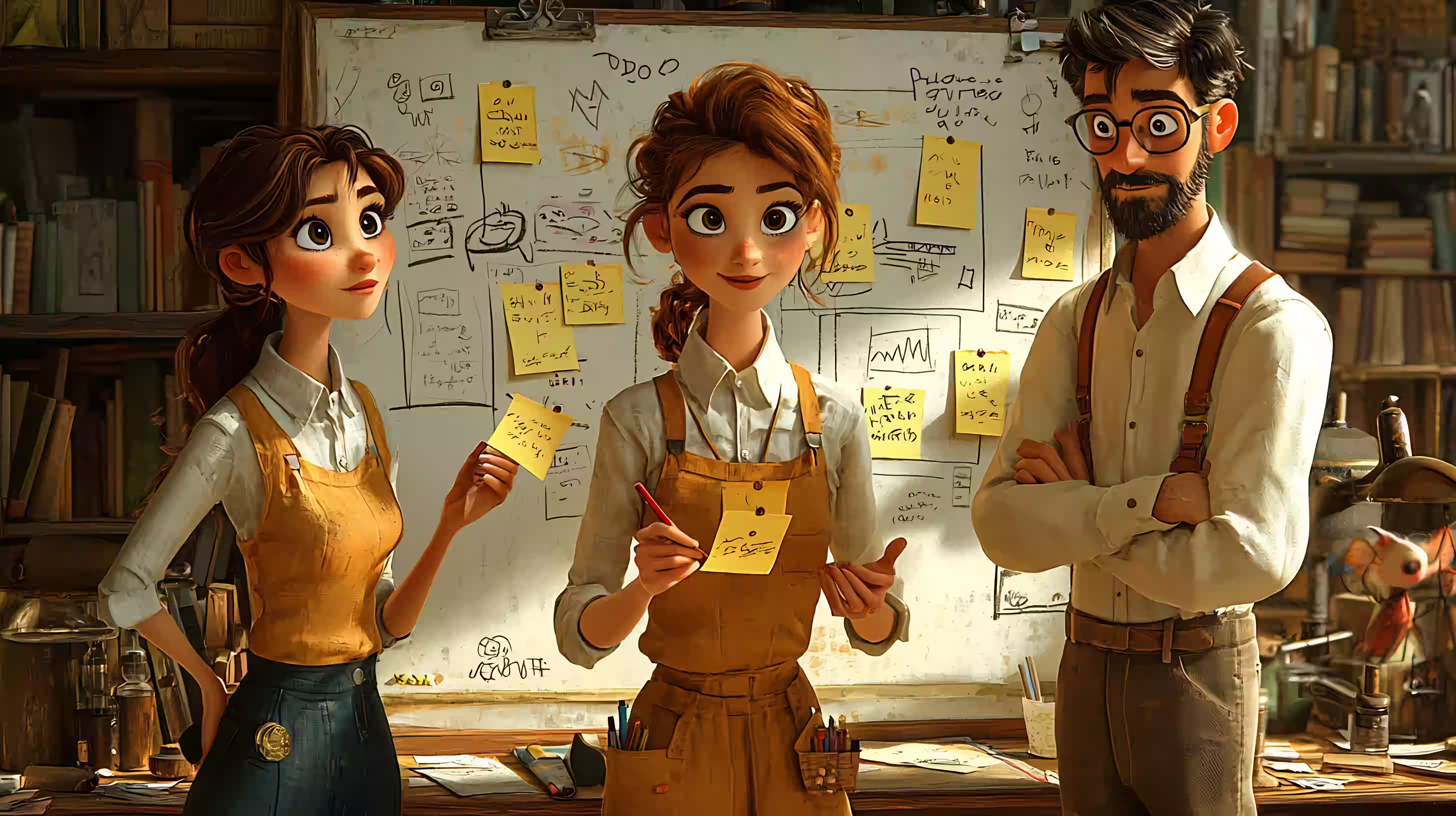
2. The Character-Focused Approach: People-Centric Summary
This method is ideal for character-driven narratives, such as biographies, dramas, and novels with strong character development. Instead of focusing solely on plot points, this story summarization technique emphasizes character motivations, relationships, and growth throughout the story.
To apply this technique, start by identifying the main character's goals, struggles, and key decisions. Track their development and highlight how their choices impact the plot. This method provides a deeper understanding of the story by focusing on personal transformation rather than just the sequence of events.
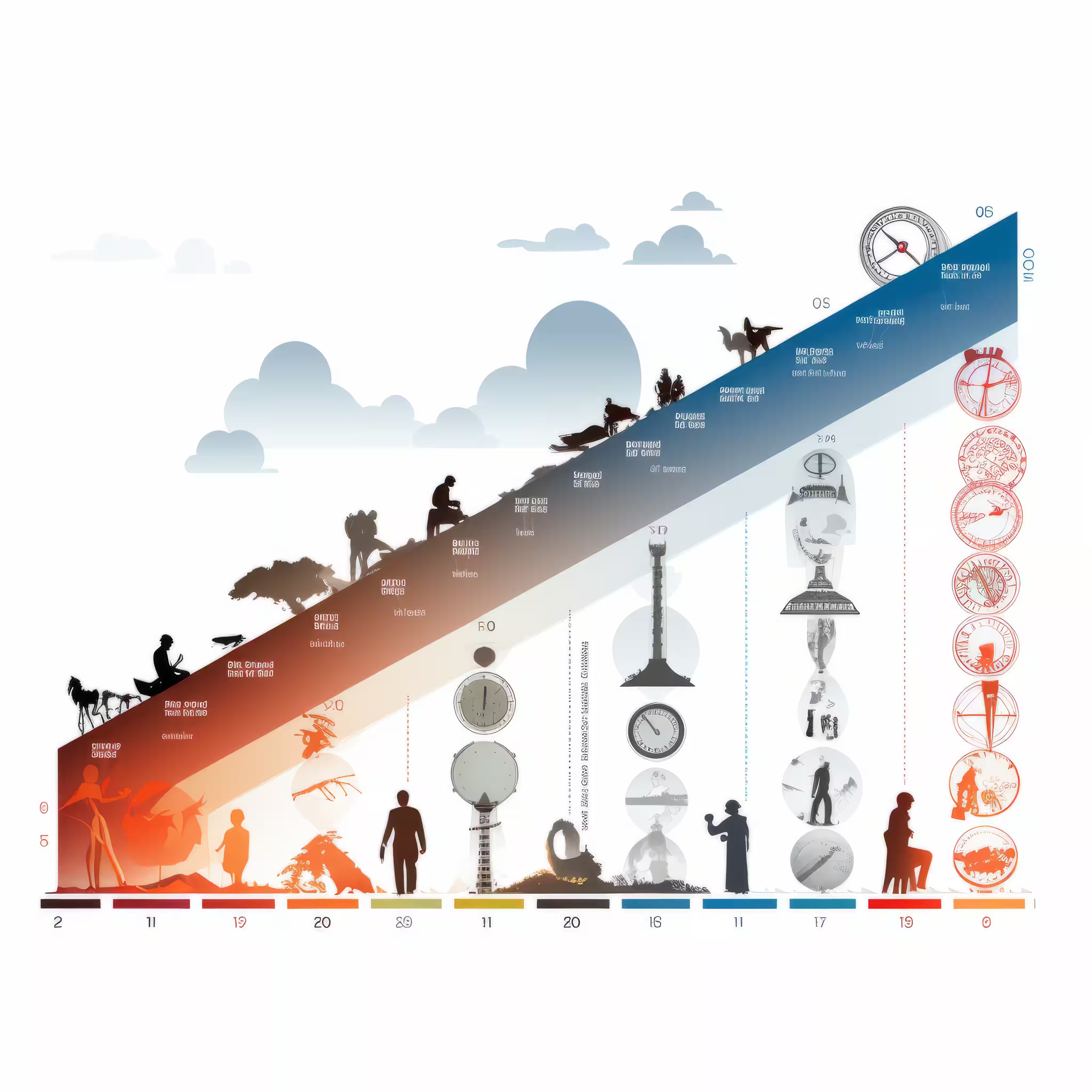
3. The Timeline Technique: Chronological Summary
For stories with complex timelines, flashbacks, or multiple perspectives, summarizing events in a clear chronological order ensures coherence. This plot summarization method works well for historical fiction, non-fiction, and documentaries.
Begin by identifying the key timeframes in the story. Then, list major events in sequential order, ensuring that the cause-and-effect relationships remain clear. If the story contains multiple perspectives, track parallel storylines separately before merging them into a cohesive summary.
4. The Theme-Based Method: Thematic Analysis
This method focuses on analyzing the central themes rather than just summarizing the plot. It works well for literary analysis, philosophical texts, and poetry.
Identify the primary theme and explain how it develops throughout the story. Provide supporting examples and discuss how different characters, settings, and events contribute to the theme’s message. This approach allows for a deeper interpretation of the story, making it useful for academic and literary reviews.
5. The Key Events Approach: Critical Points Summary
For complex narratives with multiple subplots, summarizing only the pivotal events helps maintain clarity. This technique is effective for mystery novels, thrillers, and intricate dramas.
Focus on turning points, such as major decisions, conflicts, and resolutions that significantly impact the story’s outcome. By capturing only the critical moments, this method ensures that the summary remains concise and impactful.
Best Tools for Story Summarization
The best tools for story summarization are listed below.
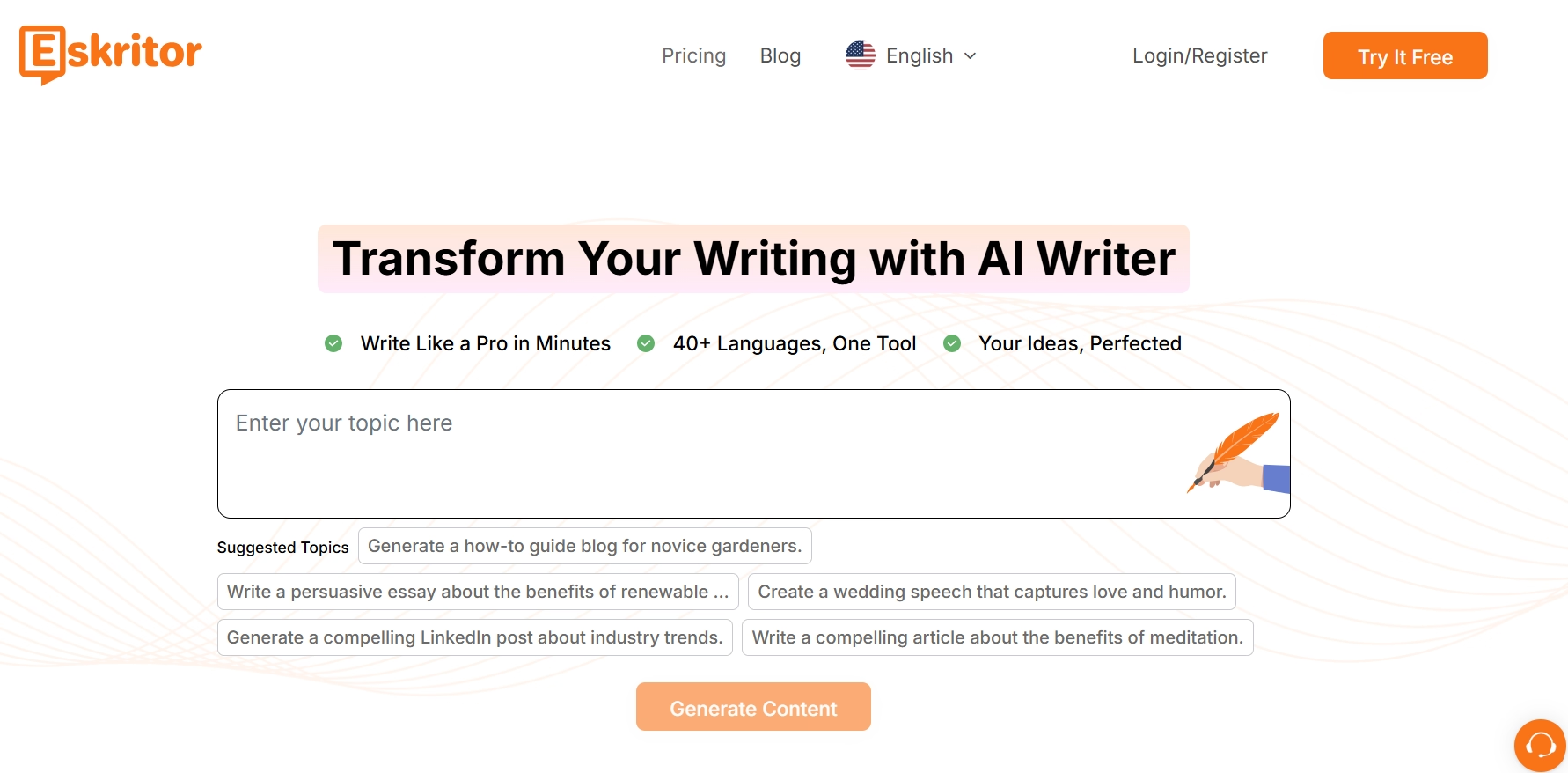
Eskritor: AI-Powered Summary Generator
Eskritor is a cutting-edge AI tool that streamlines story summarization by analyzing content, extracting key points, and generating clear, structured summaries. Whether you're working with novels, research papers, technical reports, or creative writing, Eskritor ensures that your summaries are concise, accurate, and well-organized. It eliminates unnecessary details while preserving the core elements of the story, making it an essential tool for students, content creators, and professionals who need quick and effective summaries.
With customization options, AI-powered content analysis, and multi-format exporting, Eskritor significantly reduces the time and effort required for manual summarization.
Key Features and Benefits of Eskritor:
- AI-Driven Content Analysis: Identifies main plot points, themes, and character developments automatically.
- Customizable Summary Lengths: Generates short, medium, or detailed summaries based on user needs.
- Keyword and Theme Extraction: Highlights key phrases, motifs, and essential themes for better story analysis.
- Multi-Format Export Options: Saves summaries in PDF, DOCX, and HTML for easy sharing and editing.
Eskritor is the perfect AI-powered solution for those looking to enhance their story summarization techniques with speed, accuracy, and efficiency.

QuillBot Summarizer: AI-Powered Text Condensation
QuillBot Summarizer is a widely used AI tool that condenses long texts while preserving main points and logical flow. It’s highly effective for summarizing stories, essays, and complex documents, making it a valuable resource for students, writers, and professionals. The tool provides custom summary options, allowing users to choose between a paragraph summary or bullet-point format.
QuillBot’s AI analyzes sentence structures, detects key information, and reformulates summaries to enhance readability. Its integration with Google Docs and Microsoft Word makes it convenient for those who frequently work on writing projects. Whether summarizing fictional stories, journal articles, or technical reports, QuillBot ensures accuracy and coherence in every output.
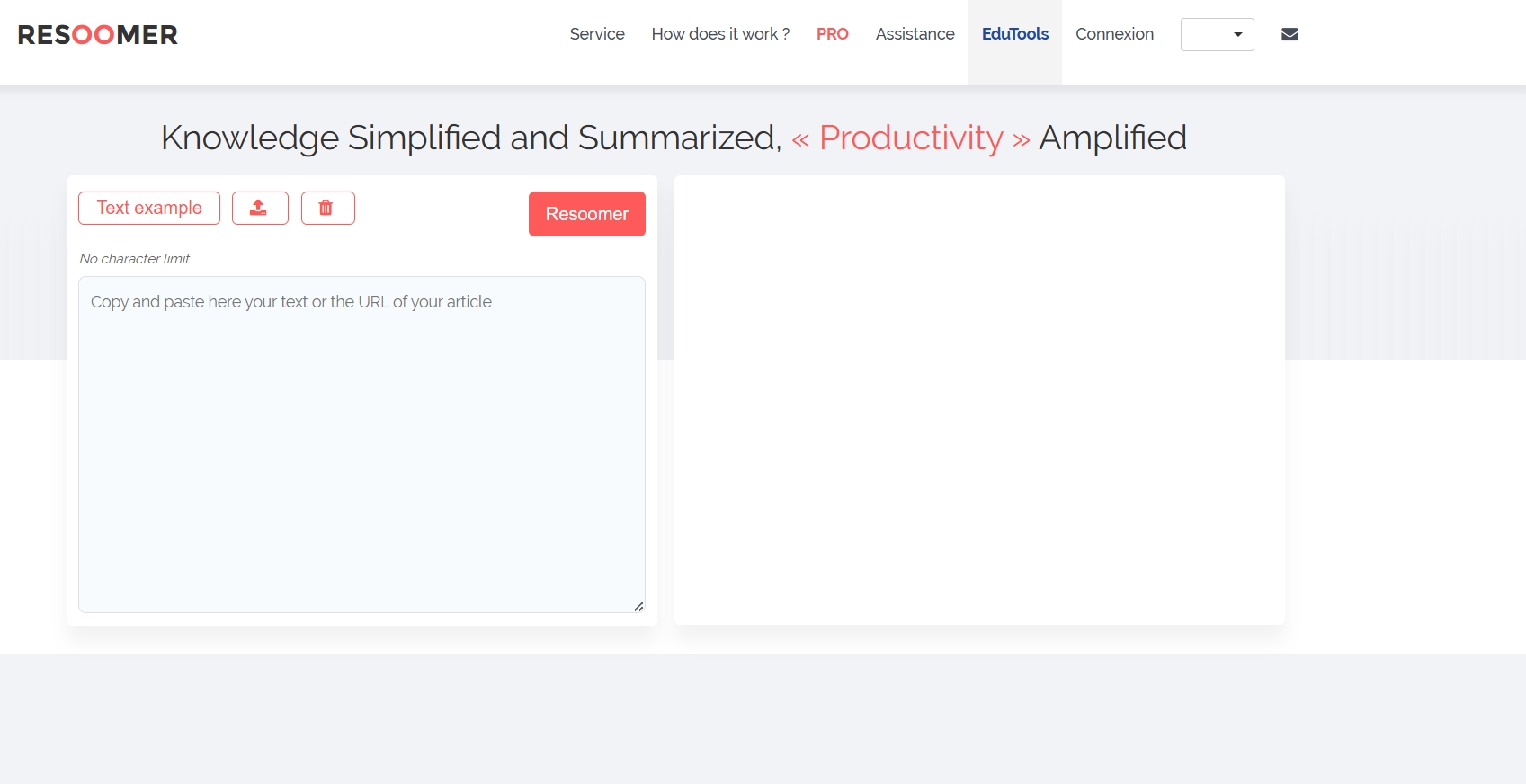
Resoomer: Intelligent Summary Generator
Resoomer is a specialized summarization tool designed for analyzing and condensing long texts, particularly for academic and professional use. It scans documents, identifies the most relevant sections, and generates brief yet comprehensive summaries. The tool is particularly useful for summarizing books, reports, and research papers, making it a favorite among students and educators.
One of Resoomer’s standout features is its ability to highlight key points, helping users focus on the most significant aspects of a text. It also supports multiple languages, making it a versatile tool for international users. If you need a quick yet detailed summary, Resoomer provides efficient and well-structured results.
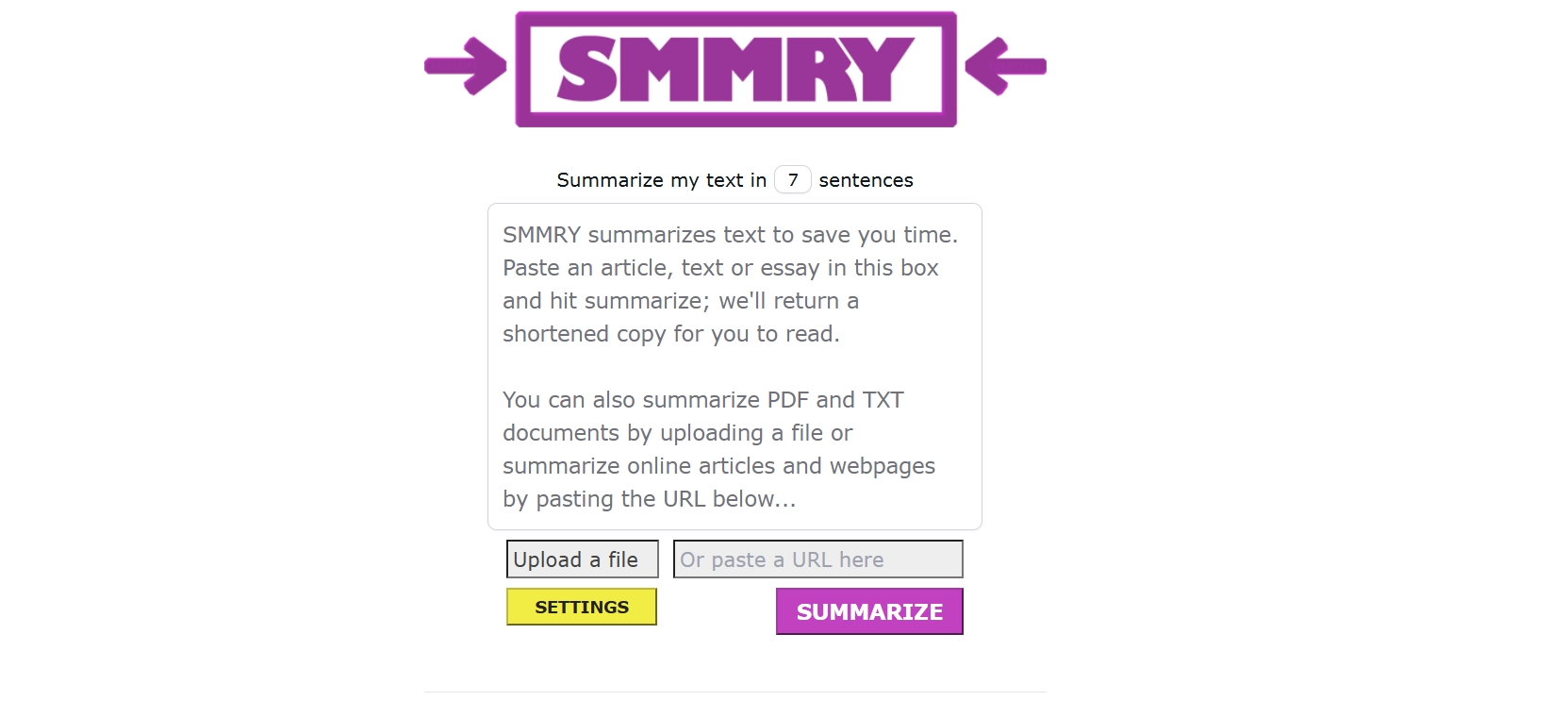
SMMRY: AI Text Summarization for Quick Insights
SMMRY is a simple yet effective summarization tool that condenses long documents into short, digestible summaries. It is particularly useful for fictional stories, academic research, and long-form articles, ensuring that the key points are preserved while eliminating redundant details. The tool allows users to adjust the summary length, making it a great choice for those who need both quick overviews and in-depth condensations.
Using advanced AI algorithms, SMMRY focuses on sentence compression, keyword detection, and content prioritization. This ensures that summaries retain logical flow and readability while remaining concise and engaging. It’s an excellent option for students, researchers, and professionals who require fast and efficient summarization.
Conclusion
Mastering story summarization techniques takes practice, but applying structured plot summarization methods ensures clarity and effectiveness. Whether you are using the Story Arc Method, Theme-Based Analysis, or Key Events Approach, selecting the right method helps create engaging and informative summaries.
By leveraging AI-powered tools like Eskritor and improving your summary writing skills, you can streamline your workflow and create high-quality summaries effortlessly. Implement these methods today and enhance your ability to summarize stories effectively!






 Dubai, UAE
Dubai, UAE